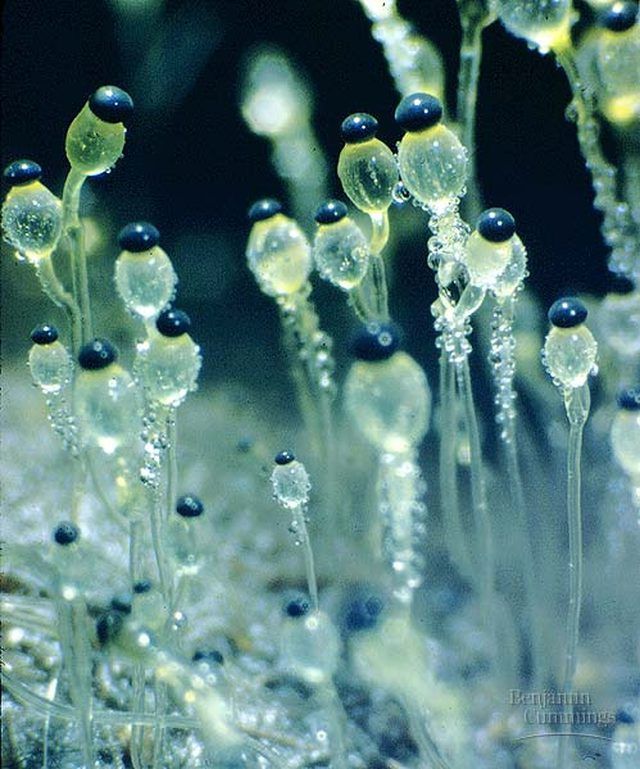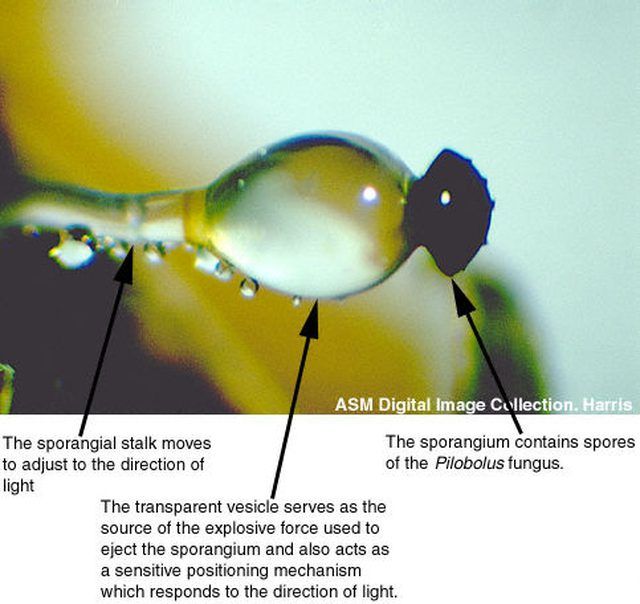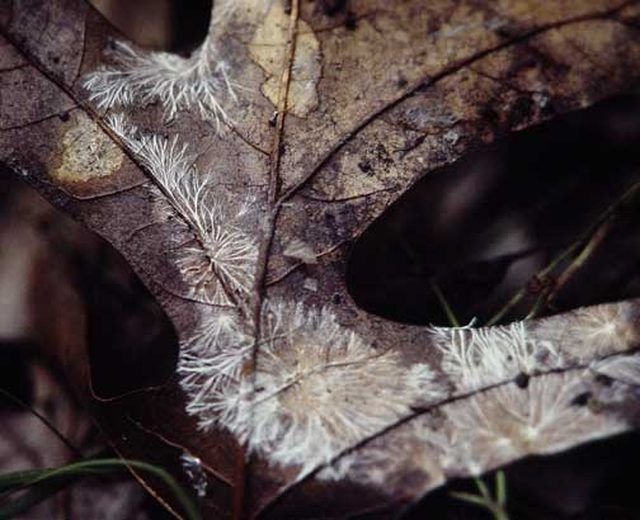Bulbs
Flower Basics
Flower Beds & Specialty Gardens
Flower Garden
Garden Furniture
Garden Gnomes
Garden Seeds
Garden Sheds
Garden Statues
Garden Tools & Supplies
Gardening Basics
Green & Organic
Groundcovers & Vines
Growing Annuals
Growing Basil
Growing Beans
Growing Berries
Growing Blueberries
Growing Cactus
Growing Corn
Growing Cotton
Growing Edibles
Growing Flowers
Growing Garlic
Growing Grapes
Growing Grass
Growing Herbs
Growing Jasmine
Growing Mint
Growing Mushrooms
Orchids
Growing Peanuts
Growing Perennials
Growing Plants
Growing Rosemary
Growing Roses
Growing Strawberries
Growing Sunflowers
Growing Thyme
Growing Tomatoes
Growing Tulips
Growing Vegetables
Herb Basics
Herb Garden
Indoor Growing
Landscaping Basics
Landscaping Patios
Landscaping Plants
Landscaping Shrubs
Landscaping Trees
Landscaping Walks & Pathways
Lawn Basics
Lawn Maintenance
Lawn Mowers
Lawn Ornaments
Lawn Planting
Lawn Tools
Outdoor Growing
Overall Landscape Planning
Pests, Weeds & Problems
Plant Basics
Rock Garden
Rose Garden
Shrubs
Soil
Specialty Gardens
Trees
Vegetable Garden
Yard Maintenance
Pilobolus Life Cycle
Pilobolus Life Cycle. Pilobolus is a fungi that feeds on the manure of herbivorous animals. Pilobolus is not a parasite that steals nutrients from its host and it does not appear to cause any human, plant or animal diseases. It cannot produce its own food, so it lives on the undigested plants, bacteria, water and minerals ---particularly nitrogen...

Pilobolus is a fungi that feeds on the manure of herbivorous animals. Pilobolus is not a parasite that steals nutrients from its host and it does not appear to cause any human, plant or animal diseases. It cannot produce its own food, so it lives on the undigested plants, bacteria, water and minerals ---particularly nitrogen --- in the dung of herbivores.
The Pilobolus life cycle begins when a herbivore defecates. The animal then moves away because animals avoid eating near dung. Pilobolus mycelium, the cobweb-like hyphae through which the fungi eats, grow and feed on the manure.
As the Pilobolus feeds and grows, it develops sporangia, slender stalks topped with small pods that contain the Pilobolus' reproductive spores.

This next step has fascinated scientists since its discovery. The Pilobolus must move because herbivorous animals won't feed near dung piles and Pilobolus needs to be ingested by a herbivore for the essential next phase in its life cycle. So the Pilobolus launches its sporangia into the air, sometimes more than 6 feet. Thus the Pilobolus spreads out over its habitat and significantly increase its chances of being eaten by a cow, deer, horse or other herbivore.
A herbivore feeds on grass containing Pilobolus sporangia. The sporangia passes through the animal's digestive system without harm. The animal defecates the spores.
The Pilobolus mycelium feeds on the dung pile and the cycle of life begins again.

An interesting fact about Pilobolus is that, although it does not cause any diseases, the larva of Dictyocaulus, a roundworm that causes lungworm in herbivorous animals, piggy-backs on the air-borne Pilobolus sporangia to also move away from the exhausted dung pile. This enables Dictyocaulus to also increase its chances of being ingested by a herbivore.